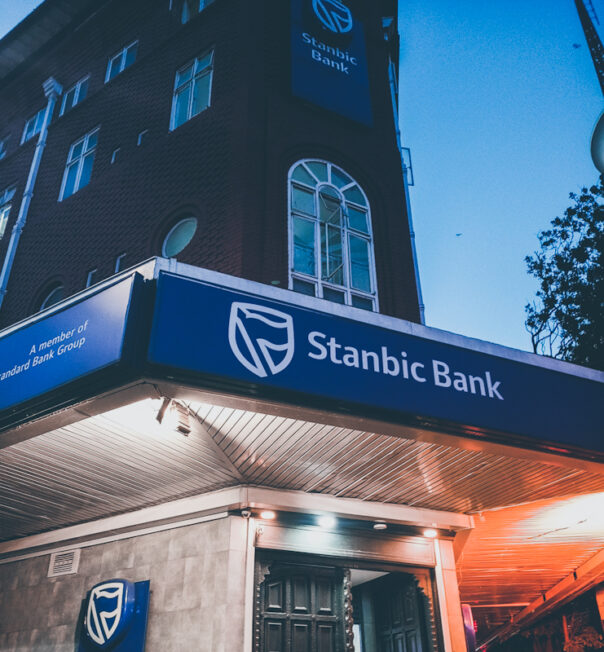
Christopher Legilisho,Economist,Standard Bank
Business activity growth surges in October as sales continue to strengthen:
- Sharpest increase in output levels in nearly four years;
- New business improves for second month running Input cost inflation at 13-month low;
Business activity in the Kenyan private sector expanded markedly in October, according to the latest survey data, as companies highlighted a further improvement in sales intakes amid broader economic strengthening.
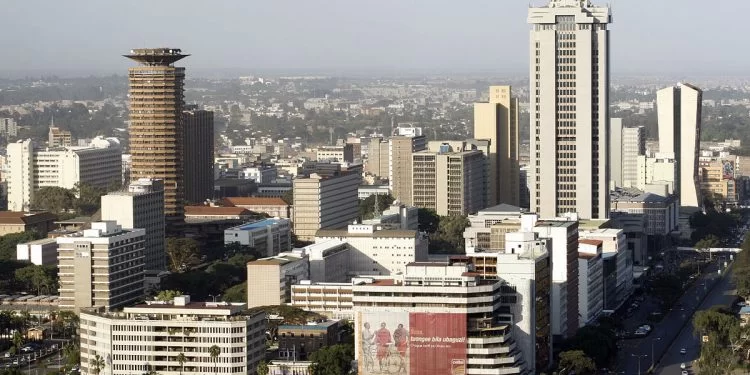 Rising demand encouraged firms to increase their purchasing activity for the first time since April.The improved economic environment was also supported by a milder increase in business expenses, with input costs rising at the slowest pace in just over a year.
Rising demand encouraged firms to increase their purchasing activity for the first time since April.The improved economic environment was also supported by a milder increase in business expenses, with input costs rising at the slowest pace in just over a year.
The headline figure derived from the survey is the Purchasing Managers’ IndexTM (PMI®).Readings above 50.0 signal an improvement in business conditions on the previous month, while readings below 50.0 show a deterioration.
The PMI survey indicated a further rebound in the Kenyan private sector following the disruptions caused by protests in the second quarter of the year.
Output and new business intakes increased for the second consecutive month, with both growth rates accelerating.

In terms of output, the latest expansion was the strongest since December 2021.Firms frequently cited robust demand conditions amid
improving economic prospects, along with the impact of new product launches and promotional pricing strategies.
Notably, all of the main sectors monitored by the survey experienced an upturn in activity in October.
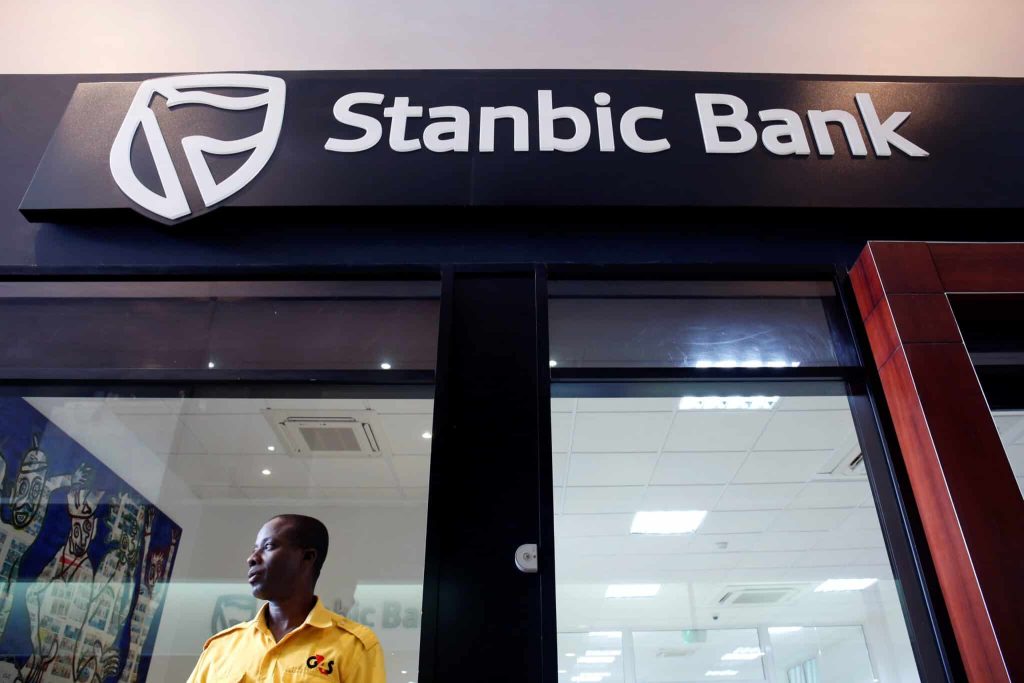
This contributed to a broad-based increase in input procurement, with total purchasing activity rising for the first time since
April.
There were also some initiatives to enhance workforce capacity, although the pace of job creation was only
marginal.

Kenyan businesses reported relatively stable conditions regarding supply chains and price pressures at the start of the fourth quarter.
Lead times shortened for the ninth consecutive month, with panellists often attributing efficiency gains to subdued input demand in
recent months and increased vendor competition.
However, the pace of improvement eased from September’s four-year high. With purchases increasing and delivery times improving,
Kenyan firms were able to expand their input inventories during October.
Regarding prices, firms indicated that input costs rose in October, but only marginally.
In fact, the overall rate of inflation was the slowest in 13 months, with both purchase prices and overall wage costs increasing at a slower pace than in September.
When cost increases were reported, businesses mainly cited a combination of rising import prices and higher taxes, including increases in VAT and fuel duties.
Output prices also increased, but the rate of growth was similarly modest.Notably, the wholesale & retail sector was the only one to see a noticeable uptick.
 Christopher Legilisho:, Economist at Standard Bank commented: “Kenya’s private sector in October saw both output and new orders up sharply as
Christopher Legilisho:, Economist at Standard Bank commented: “Kenya’s private sector in October saw both output and new orders up sharply as
conditions improved for consumers and firms benefited from softer inflation. Firms ramped up quantities purchased and increased inventory levels, expecting higher consumer demand.
They also reported quicker deliveries reflecting increased efficiency and vendor competition. However, firms were less optimistic about
future output conditions.
Employment was stable in October for most firms as they maintained their workforce, while backlogs shrank as they cleared outstanding
orders.
“Pricing indicators were soft in October, as input prices, purchase prices, staff costs and output prices increased only modestly.
Low prices pressures imply that, while output conditions have improved, they are not fueling demand-driven inflation.”
 Several firms mentioned offering discounts to attract sales as economic activity improved. Finally, output expectations dipped to a four-month low in October, yet they remained among the strongest since early 2023.
Several firms mentioned offering discounts to attract sales as economic activity improved. Finally, output expectations dipped to a four-month low in October, yet they remained among the strongest since early 2023.
Exactly 20% of survey respondents forecasted an increase in activity by October next year, while the rest maintained a neutral outlook for the private sector.

Output
Output growth across Kenya’s private sector accelerated to its fastest pace in nearly four years in October. The sharper upturn was
supported by activity expansions in all five sub-sectors monitored by the survey.
Firms primarily linked the rise in output to robust demand conditions, as well as effective marketing campaigns, the introduction of new products and improving customer confidence.
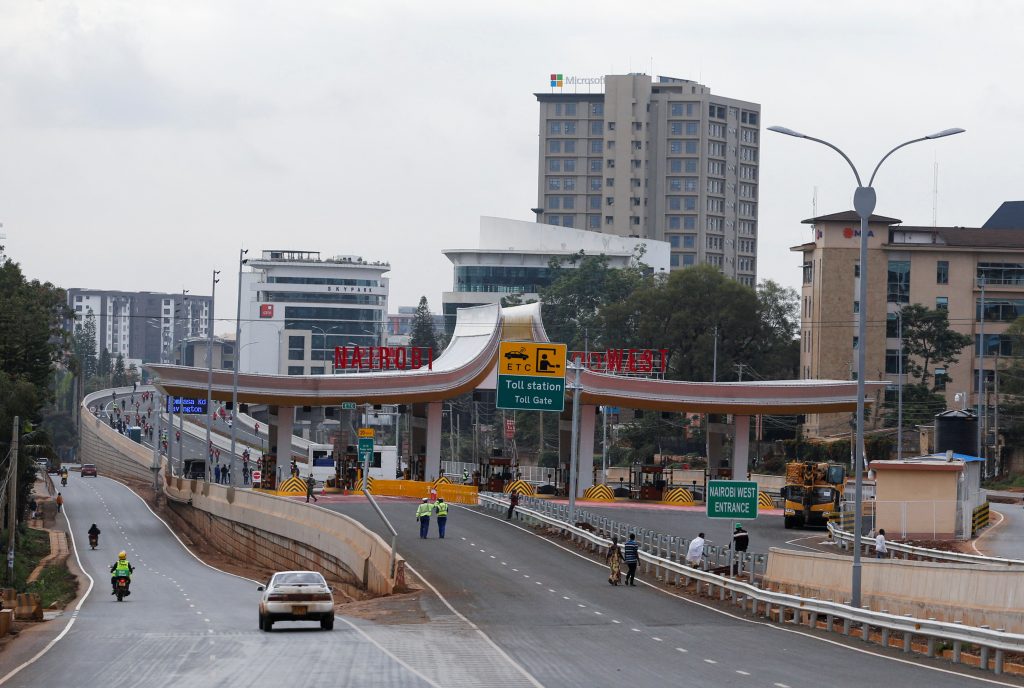
New orders
There was a sustained increase in new order volumes at Kenyan businesses during October.
The pace of growth picked up from September and was sharp, with around a quarter of firms noting an uplift in sales. These firms signalled an improvement in demand, helped by greater promotions and new product launches.
Some added that the relatively subdued inflation environment had supported sales as they were able to offer discounts.

Business expectations;
While business expectations regarding future activity slipped to their lowest in four months in October, the degree of optimism remained among the strongest observed in the past two-and-a-half years.
A fifth of surveyed Kenyan firms projected output to increase over the next 12 months, while the rest maintained a neutral forecast. Many firms highlighted plans to diversify their operations as a strategy to boost future output.
 Employment and capacity;
Employment and capacity;
Employment
After accelerating to a 28-month high in September, employment growth moderated to a mild pace at the start of the fourth quarter. Over 97% of firms reported no change in staffing levels during October.
Some companies hired additional staff to support sales and new projects, according to qualitative feedback.
Backlogs of work
Kenyan companies continued to demonstrate their ability to work through outstanding orders.
Backlogs declined for the fifth consecutive month in October, with the pace of reduction accelerating from September.However, consistent with recent trends, firms reported only a modest decline overall.
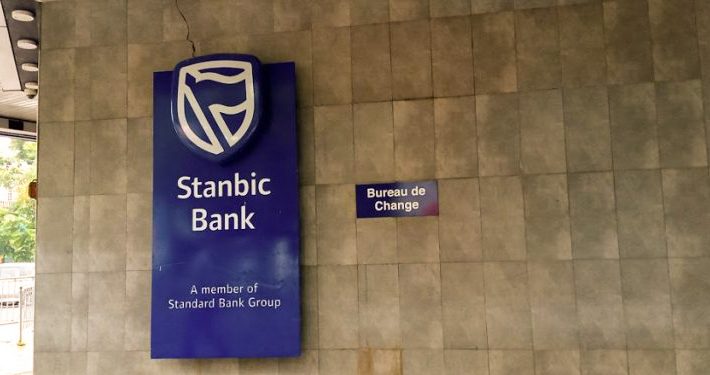 Purchasing and inventories;
Purchasing and inventories;
Quantity of purchases
Adjusted for seasonal variation, the Quantity of Purchases Index rose above the 50.0 neutral mark in October, signalling the first expansion of input purchases since April.
Panellists indicated that the strong uplift in sales volumes and improving economic conditions prompted a solid increase in buying activity. Others noted the procurement of new items due to product launches and business diversification efforts.
Suppliers’ delivery times
Although purchases increased in October, firms observed that reductions in recent months meant that suppliers still had relatively light workloads and were able to speed up deliveries.
Some companies added that competitive pressures among vendors also contributed to stronger supplier performance. However, the rate at which overall lead times decreased was the least marked in three months.
Stocks of purchases
Stocks of purchases increased for the third consecutive month in the latest survey period, albeit to a lesser extent than seen in September. According to anecdotal evidence, companies stocked more in anticipation of higher demand and rising purchase prices.
Prices;
Input prices;
The rate of input price inflation continued its downwards trend as the fourth quarter started, with the latest data suggesting only a modest increase in operating costs that was the weakest since September 2024.
While most monitored sub-sectors experienced an uptick in input prices, inflation was somewhat alleviated by lower prices in agriculture.
Both purchase price and staff cost pressures softened over the month.
Purchase prices
Kenyan firms reported only a moderate increase in purchase prices during October. Notably, the rise was the smallest in 12 months, with only 3% of panellists observing a month-on-month increase.
Some comments attributed higher costs to increased import prices, while others pointed to higher taxes such as VAT and fuel duties.
Staff costs
Staff cost inflation was minimal in October. This was reflected in the seasonally adjusted index, which fell to its lowest in six months and was only marginally above the 50.0 no- change threshold.
Output prices
As cost pressures eased, Kenyan companies reported a smaller rise in output charges. The increase was marginal and markedly slower than the long-run survey trend.
Moreover, charge inflation was primarily driven by the wholesale & retail sector, contrasting with lower charges on average in agriculture, manufacturing, and construction.
The Stanbic Bank Kenya PMI® is compiled by S&P Global from responses to questionnaires sent to purchasing managers in a panel of around 400 private sector companies.
The panel is stratified by detailed sector and company workforce size, based on contributions to GDP. The sectors covered by the survey include agriculture, mining, manufacturing, construction, wholesale, retail and services.
Data were first collected January 2014. Survey responses are collected in the second half of each month and indicate the direction of change compared to the previous month.
A diffusion index is calculated for each survey variable.The index is the sum of the percentage of ‘higher’ responses and half the percentage of ‘unchanged’ responses.
The indices vary between 0 and 100, with a reading above 50 indicating an overall increase compared to the previous month, and below 50 an overall decrease.
The indices are then seasonally adjusted.
The headline figure is the Purchasing Managers’ IndexTM (PMI). The PMI is a weighted average of the following five indices: New Orders (30%), Output (25%), Employment (20%), Suppliers’ Delivery Times (15%) and Stocks of Purchases (10%).
For the PMI calculation the Suppliers’ Delivery Times Index is inverted so that it moves in a comparable direction to the other indices.
Underlying survey data are not revised after publication, but seasonal adjustment factors may be revised from time to time as appropriate which will affect the seasonally adjusted data series.
For further information on the PMI survey methodology, please contact economics@spglobal.com


